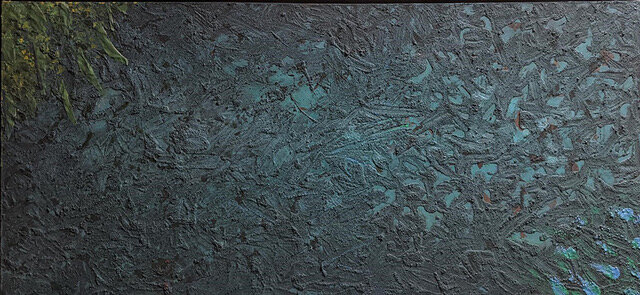

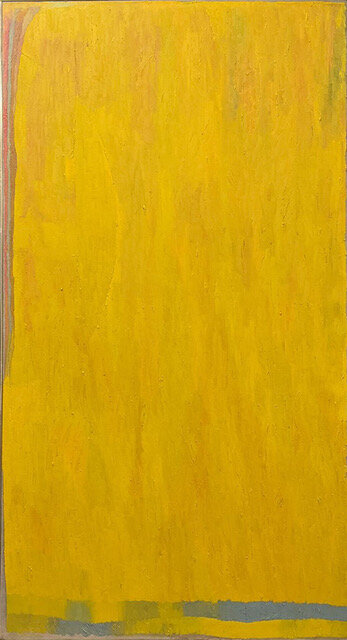
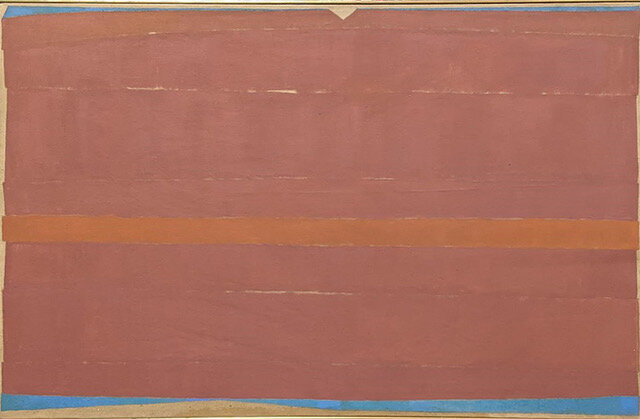



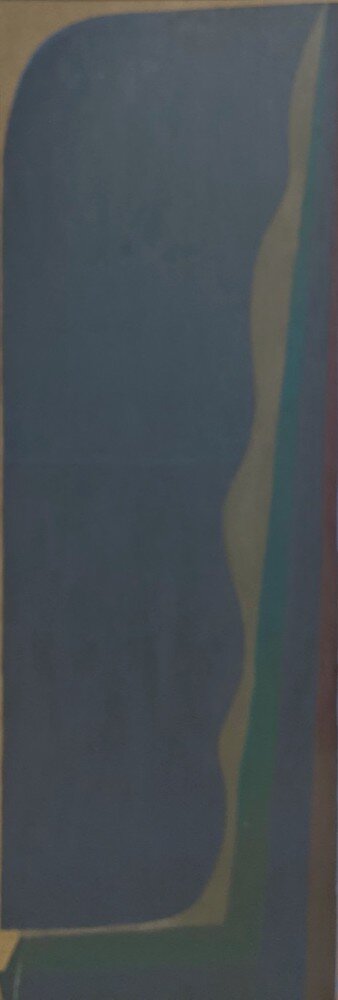
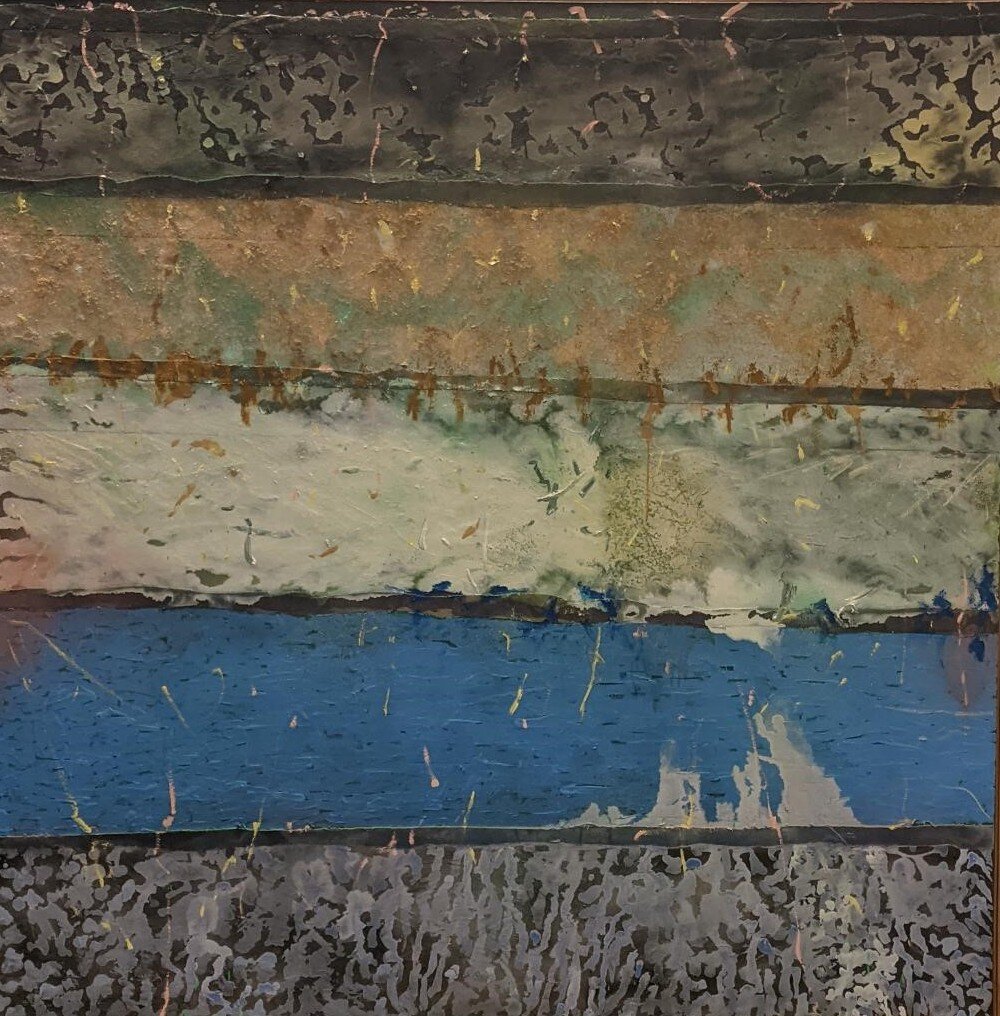
Rosenthal Fine Art, Inc.
Rosenthal Fine Art is pleased to represent the estate of Stanley Boxer — from his paintings dating from the early 1970s to the mid 1990s.
Often called an artist's artist, Boxer fell beneath the public radar, but not beneath that of the critics. In the extensive coverage his work received, it was consistently praised for its inventiveness, vibrancy and originality.
The critic Clement Greenberg grouped Boxer among the post-painterly abstractionists in which he included Frankenthaler. At the same time, Boxer, who rejected such labels, had reincorporated gesture and the presence of his hand by the mid 1970s. Subsequently, he moved toward even greater surface tactility, applying his paint with tools of many sorts, including trowels, palette knives, and sponges. Toward the end of his career, he frequently incorporated non-traditional materials into his paintings, such as sand, gravel, pebbles, seeds, cork, glitter, roof shingles and string, creating images of bejeweled opulence that have been related to a Baroque sense of excess and the sensuous.
“Paint is both thick and thin on Stanley Boxer’s canvases and color sprinkled into a thousand fragmentary strokes and dabs, coruscates. The general effect is one of radiance and he deserves praise for his adventurousness in composing harmonies.”
Stuart Preston, Art Critic, 1953
Rosenthal Fine Art is pleased to represent the estate of Stanley Boxer — from his paintings dating from the early 1970s to the mid 1990s.
Often called an artist's artist, Boxer fell beneath the public radar, but not beneath that of the critics. In the extensive coverage his work received, it was consistently praised for its inventiveness, vibrancy and originality.
The critic Clement Greenberg grouped Boxer among the post-painterly abstractionists in which he included Frankenthaler. At the same time, Boxer, who rejected such labels, had reincorporated gesture and the presence of his hand by the mid 1970s. Subsequently, he moved toward even greater surface tactility, applying his paint with tools of many sorts, including trowels, palette knives, and sponges. Toward the end of his career, he frequently incorporated non-traditional materials into his paintings, such as sand, gravel, pebbles, seeds, cork, glitter, roof shingles and string, creating images of bejeweled opulence that have been related to a Baroque sense of excess and the sensuous.
“Paint is both thick and thin on Stanley Boxer’s canvases and color sprinkled into a thousand fragmentary strokes and dabs, coruscates. The general effect is one of radiance and he deserves praise for his adventurousness in composing harmonies.”
Stuart Preston, Art Critic, 1953
Andthegreenforest, 1999
Oil and Mixed Media on Canvas, 25 x 54 inches
Stubspardise, 1999
Oil on Canvas, 42 x 41 7/8 inches
Tenderarkblush, 1973
Oil on Linen, 74 x 40 inches
Calmfield, 1972
Oil and Mixed Media on Linen, 40 x 60 inches
Hoveringsweetreeds, 1975
Oil on Linen, 30 x 80 inches
Weepingnoonflowerlets, 1974
Oil on Linen, 15 x 96 inches
Lafayettecrossing, 1972
Oil on Linen, 66 x 18 inches
Augustgleam, 1972
Oil on Linen, 47 x 16 inches
Amomensmonument, 1996
Oil and Mixed Media on Canvas, 74 x 74 inches